
Must-read neuroscience stories from February 2018
This month’s collection of must-read neuroscience articles include a less invasive way to stimulate the brain, a viral barcode to cross the blood-brain barrier and elucidation of the roles of cells in neural development. Happy reading!
1. UCSF study points to immune system's role in neural development
Research by UC San Francisco suggests that glial cells are not only immune cells in the brain, but also have important roles in synapse formation and pruning.
The researchers discovered that the cytokine interleukin 33 is essential for allowing the brain to maintain an optimal number of synapses during central nervous system development.
An imbalance between synapse formation and removal has been linked to developmental psychiatric disorders, including autism and schizophrenia.
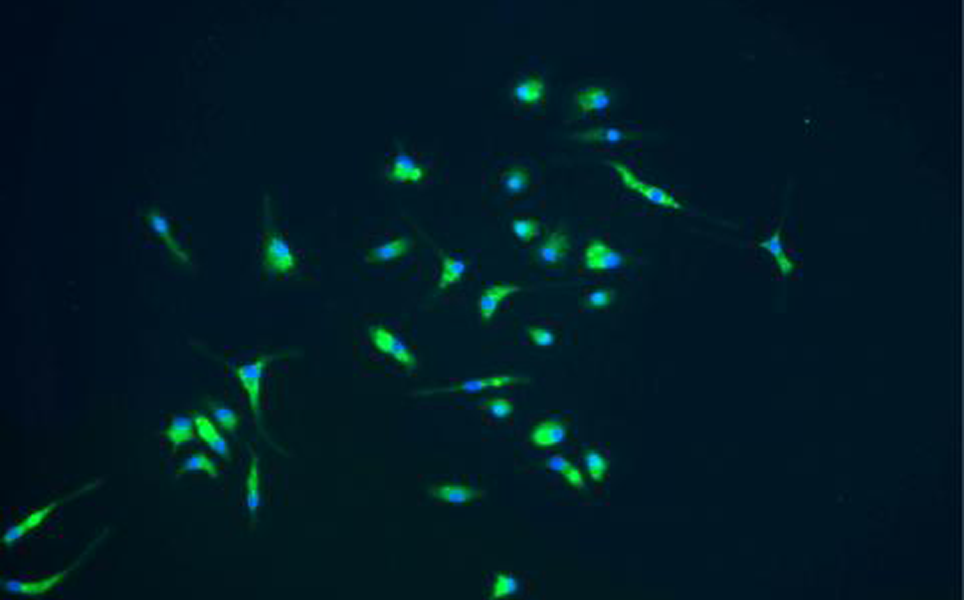
Learn more
2. In wine, there’s health: low levels of alcohol good for the brain
Low levels of alcohol consumption have been found to reduce inflammation in the brain as well as help it to remove toxins, University of Rochester Medical Center have found.
Mice who were exposed to alcohol levels equivalent to 2.5 drinks per day had more efficient waste removal from the brain and performed as well in cognitive and motor tests as control animals.
More wine?
3. Half of all dementias, including Alzheimer’s, start with damaged ‘gatekeeper cells’
Research by Keck School of Medicine of USC has discovered that almost half of all dementias begin with the breakdown of the brain’s smallest blood vessels and their gatekeeper cells.
When these gatekeeper cells, known as pericytes, breakdown fibrinogen enters the brain and causes white matter, nerve fibres and oligodendrocytes to breakdown. Breakdown of these brain structures is thought to cause cognitive impairment.
The results suggest that fibrinogen could be a new target for treating dementia.
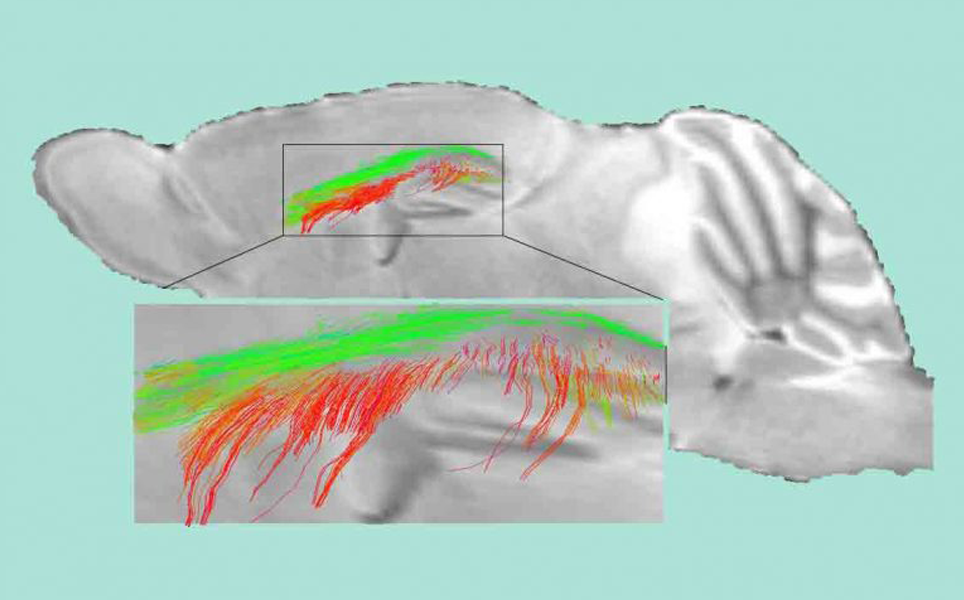
A new potential target
4. Eye could provide “window to the brain” after stroke
Scientists at the National Institutes of Health have discovered that a stroke can compromise the blood-ocular barrier, enabling a chemical given to stroke patients who are having brain scans to leak into their eyes.
This could mean that, if the eye reflects what is happening in the brain, clinicians may be able to make eye observations to gain insight into how severe a stroke was and understand how best to treat patients.
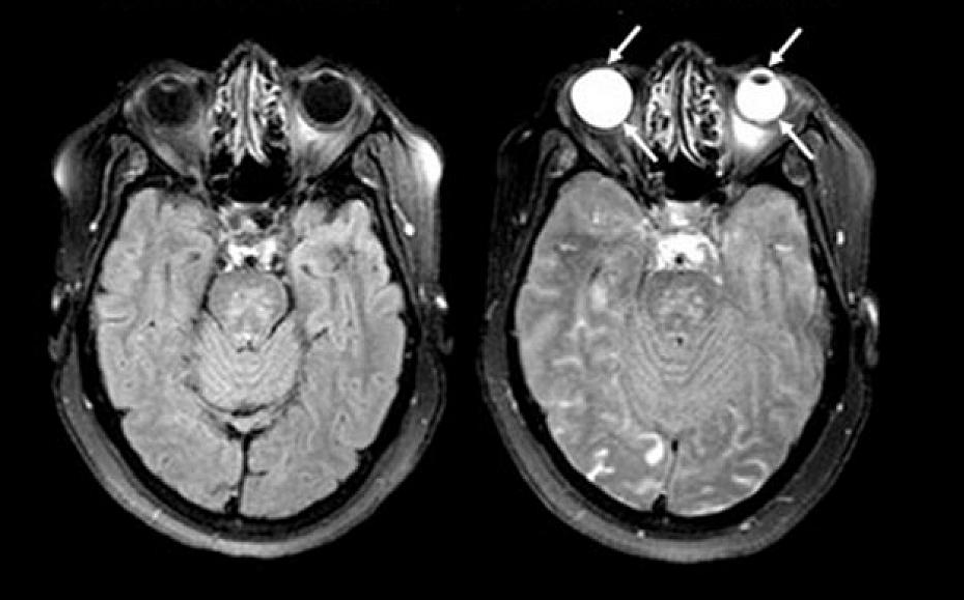
Look into my eyes
5. Magnetic brain stimulation alters negative emotion perception
Currently, inhibitory brain stimulation is a treatment for depression. However, researchers at the University of Münster have found that excitatory stimulation of the frontal region of the brain better reduced a person’s response to fearful images.
The technique used was repetitive transcranial magnetic stimulation (rTMS), which stimulates the brain from the outside.
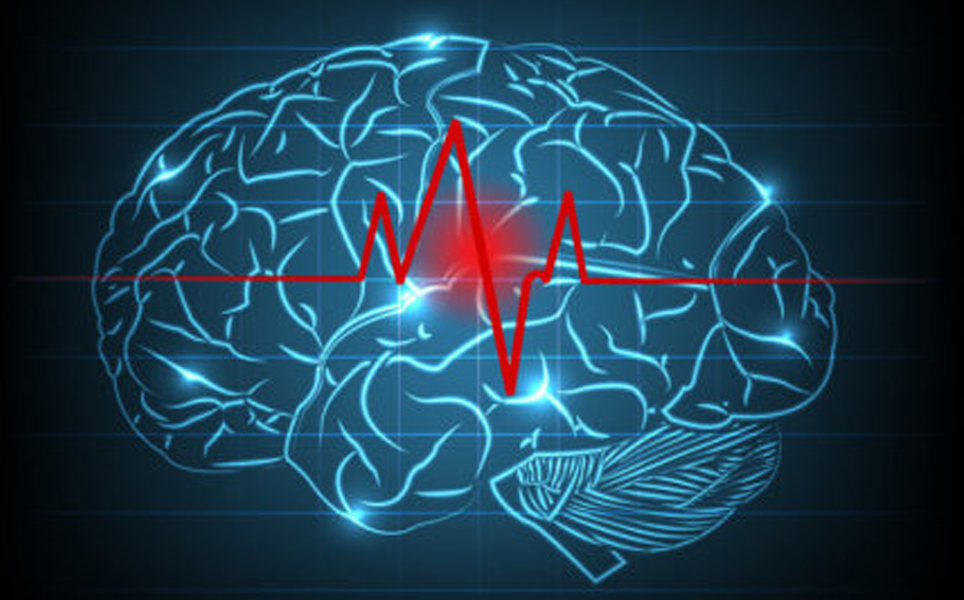
rTMS more
6. Deep-brain exploration with nanomaterial
Researchers have developed a new, less invasive way to stimulate the mouse brain with light. Nanoparticles are injected into a mouse brain and near-infrared laser light is delivered from outside the skull. The nanoparticles absorb the near-infrared light and emit visible photons, activating or silencing neurons that have been engineered to respond to visible light.
The longer wavelength of near-infrared light means it can penetrate deeper into brain tissue, accessing areas of the brain that are usually inaccessible when using standard optogenetics. It is hoped that in the future, this technique could be used to treat movement disorders, such as Parkinson’s disease.
This study was a collaboration between scientists at the RIKEN Brain Science Institute, the National University of Singapore, the University of Tokyo, John Hopkins University and Keio University.
Less-invasive stimulation
7. Study reveals molecular mechanisms of memory formation
A molecular pathway that strengthens specific synapses during long-term memory formation has been discovered by neuroscientists at the Massachusetts Institute of Technology.
They found that the Npas4 protein determines the strength of connections between neurons in the CA3 region of the hippocampus and neurons in the dentate gyrus of the hippocampus. Without Npas4 strengthening these synapses, contextual memories would not be able to form.
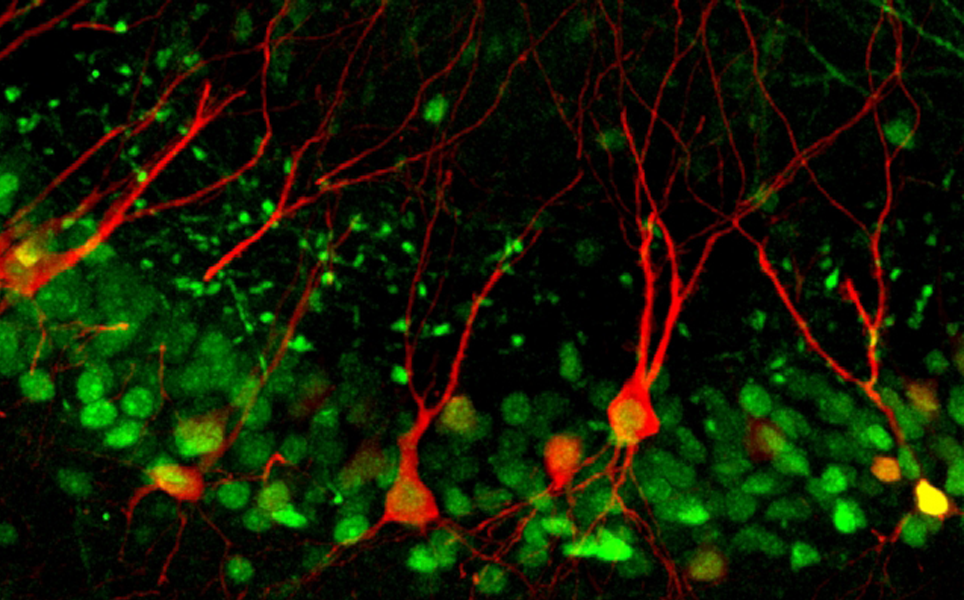
Remember this
8. Gene therapy researchers find viral barcode to cross the blood-brain barrier
Scientists at the UNC School of Medicine have discovered a set of eight amino acids on viral coatings that enables them to cross the blood-brain barrier more efficiently.
This means that viral vectors used in gene therapies could be modified to contain this set of amino acids, enabling them to cross the blood-brain barrier more efficiently. They could then be administered in lower doses, reducing the adverse side effects that come with high doses.
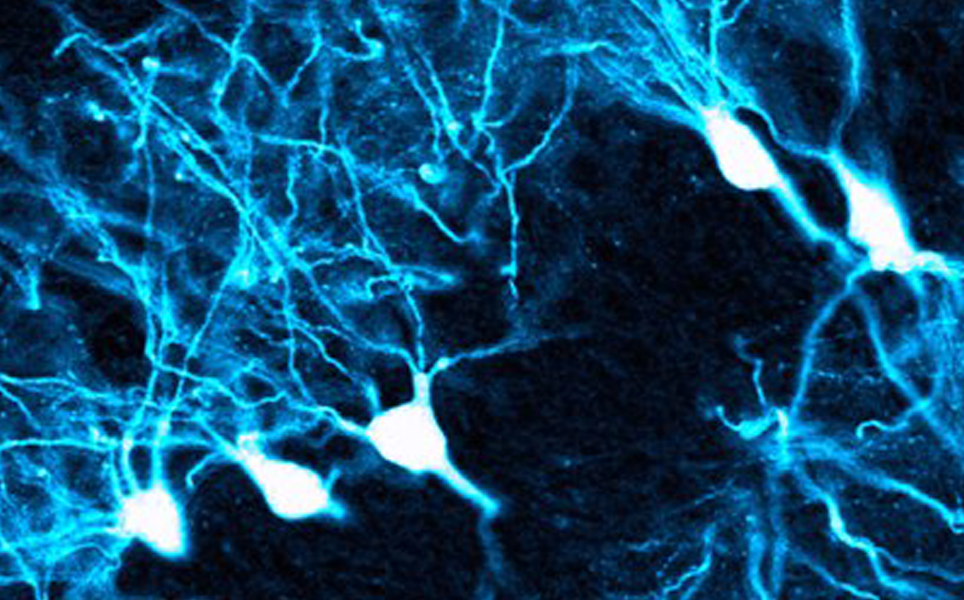
Barcode to the brain
9. Atlas of brain blood vessels provides fresh clues to brain diseases
Using single cell RNA sequencing, Uppsala University and Karolinska Institutet researchers have produced an atlas of the cells that form the brain’s blood vessels and blood-brain barrier.
This atlas provides new information about the functions of the different cells that form the blood-brain barrier, and which cells are involved in various diseases. Genes that are known to be implicated in brain diseases can now be linked to specific cell types in the vasculature of the brain.
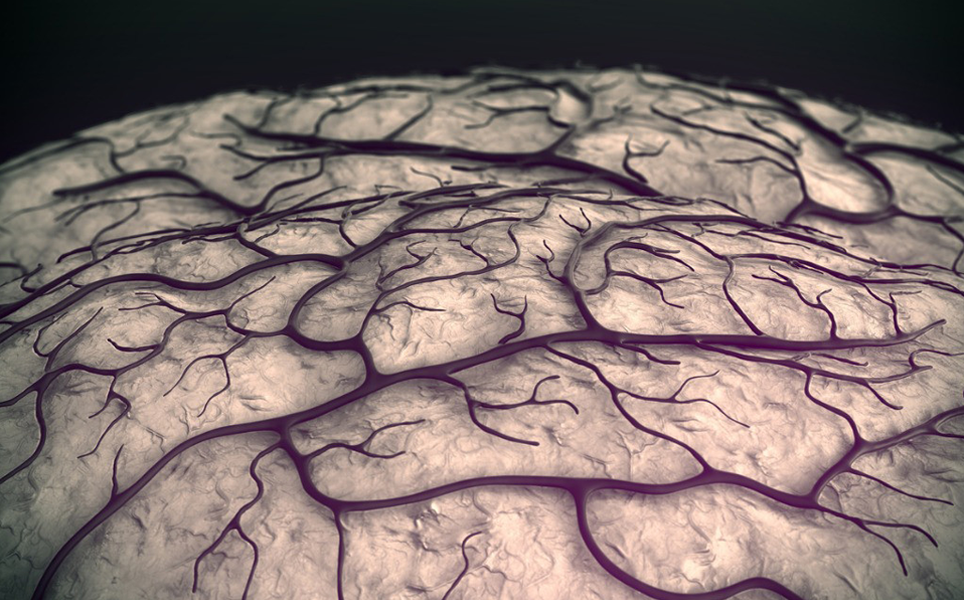
Find out more
10. Research reveals how our brains develop the right mix of cells
Researchers at the Francis Crick Institute and Kings College London have found how the number of interneurons in the developing cortex are determined.
Disruptions in the balance of the number of excitatory neurons and inhibitory interneurons is implicated in many conditions, including epilepsy and schizophrenia. The findings that higher levels of neuron activity reduce interneuron cell death, suggests that in the future scientists may be able to reduce interneuron cell death to treat brain disorders such as epilepsy.
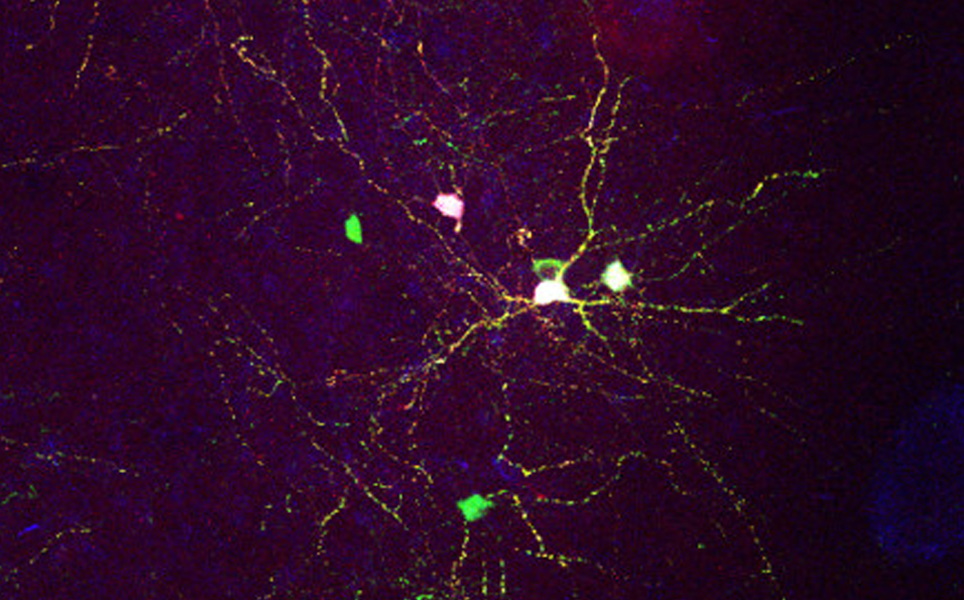
Getting the right balance
Please send all nanoparticles, comments and news to [email protected].
Banner Image Credit: iStock
Find out about Scientifica's latest product releases, company news, and developments through a range of news articles, customer interviews and product demonstration videos.

)